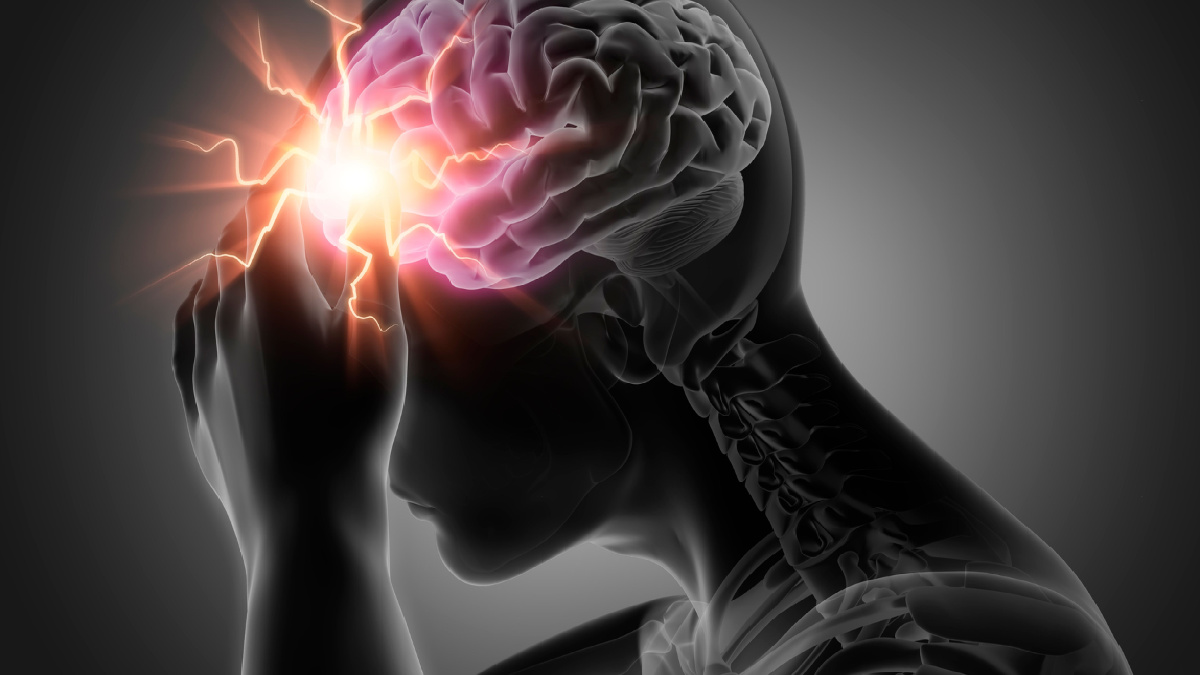A stroke is a medical emergency that occurs when the blood supply to the brain is disrupted, leading to brain cell damage and potentially life-altering consequences. In this blog, we will delve into the various aspects of strokes, including their causes, risk factors, symptoms, and treatment options. We aim to provide valuable information, resources, and support for stroke survivors, caregivers, and anyone interested in learning more about this critical health condition. Whether you’re seeking preventive measures, rehabilitation techniques, or simply want to expand your knowledge this blog talks about the different types of strokes that you should know about.
Ischemic stroke
Ischemic stroke is the most common type of stroke. It accounts for approximately 87% of all stroke cases in the world. It occurs when a blood clot blocks a blood vessel in the brain, depriving the brain of oxygen and nutrients. The causes of ischemic stroke can include high blood pressure, high cholesterol, smoking, diabetes, and a family history of stroke.
Symptoms of ischemic stroke can include sudden weakness or numbness on one side of the body, difficulty speaking or understanding speech, sudden vision changes, and severe headache. Treatment for ischemic stroke includes medication to dissolve the blood clot, surgery to remove the clot, and rehabilitation to help patients regain lost functions. It is important to seek emergency medical attention if you suspect that you or someone you know may be experiencing an ischemic stroke.
Hemorrhagic Stroke: Causes, Symptoms, and Treatment
Hemorrhagic stroke is a life-threatening condition that happens when a blood vessel in the brain ruptures and causes hemorrhage in the surrounding tissue. This can result in damage to the brain and can be life-threatening. The causes of hemorrhagic stroke can vary, but high blood pressure is a common risk factor. Other causes can include aneurysms, arteriovenous malformations, and blood-thinning medication.
Symptoms of hemorrhagic stroke can include sudden severe headache, weakness or numbness on one side of the body, difficulty speaking or understanding speech, and vision problems. Treatment for hemorrhagic stroke involves stopping the bleeding and reducing pressure on the brain. This may involve surgery or medication to control blood pressure and prevent further bleeding. Rehabilitation may also be necessary to help the patient recover from any brain damage caused by the stroke.
Transient Ischemic Attack (TIA): Symptoms and Treatment
Transient Ischemic Attack (TIA) is a type of stroke that is often referred to as a mini-stroke. It occurs when the blood flow to the brain is temporarily disrupted, leading to symptoms similar to those of a stroke. These symptoms can include weakness or numbness on one side of the body, difficulty speaking or understanding speech, and vision disturbances. Unlike a stroke, however, the symptoms of a TIA usually resolve within a few minutes to a few hours.
Treatment for TIA usually involves identifying and addressing the underlying cause of the temporary disruption in blood flow, such as high blood pressure or atherosclerosis. Medications may also be prescribed to help prevent future TIAs or strokes. It is important to seek medical attention immediately if you experience symptoms of a TIA, as it can be an indication of an increased risk for a full-blown stroke in the future.
Silent Stroke: Causes, Symptoms, and Prevention
Silent stroke is a type of stroke that does not have any visible symptoms. It occurs when blood flow to the brain is interrupted, leading to the death of brain cells. The causes of silent stroke include high blood pressure, high cholesterol, diabetes, and smoking. People who have had a silent stroke are at a higher risk of developing dementia, memory loss, and other neurological problems.
Prevention of silent stroke involves managing the risk factors mentioned above. This includes maintaining a healthy diet, exercising regularly, quitting smoking, and managing chronic illnesses such as diabetes and high blood pressure. Early detection of silent stroke is crucial to prevent further damage to the brain. If you suspect that you may have had a silent stroke, it is important to seek medical attention immediately to prevent further damage and to receive appropriate treatment.
Cryptogenic Stroke: Causes, Symptoms, and Diagnosis
When the cause of stroke is unknown it is called cryptogenic. It is estimated that cryptogenic strokes account for up to 40% of all strokes. The symptoms of cryptogenic stroke are similar to other types of strokes and can include weakness or numbness on one side of the body, difficulty speaking or understanding speech, and vision problems. The diagnosis of cryptogenic stroke can be challenging as there is no clear cause of the stroke. However, doctors may perform tests such as a CT scan, MRI, or echocardiogram to try to identify any underlying causes. Treatment for cryptogenic stroke may include medication to prevent blood clots and lifestyle changes to reduce the risk of future strokes.
Embolic Stroke: Causes, Symptoms, and Treatment
Embolic stroke is a type of stroke caused by a blood clot or plaque that forms in another part of the body and travels to the brain, blocking a blood vessel. This type of stroke can occur in individuals who have atrial fibrillation, heart valve problems, or atherosclerosis. The symptoms of an embolic stroke can vary depending on the location of the blockage but may include sudden weakness or numbness on one side of the body, difficulty speaking or understanding speech, and vision problems.
The treatment for an embolic stroke may involve medications to dissolve the clot, surgery to remove the clot, or a combination of both. In some cases, individuals may require rehabilitation to regain their strength and function after the stroke. It is important for individuals to seek medical attention immediately if they experience any symptoms of a stroke, as early treatment can improve outcomes and reduce the risk of complications.
Thrombotic Stroke: Causes, Symptoms, and Prevention
A thrombotic stroke is a type of stroke that occurs when a blood clot forms in one of the arteries that supply blood to the brain. This can cause a blockage, which prevents blood and oxygen from reaching the brain. The lack of blood and oxygen can cause brain cells to die, leading to permanent brain damage or even death. Symptoms of a thrombotic stroke can include sudden weakness or numbness on one side of the body, trouble speaking or understanding speech, and sudden vision loss or difficulty seeing.
Prevention of thrombotic strokes includes managing risk factors such as high blood pressure, high cholesterol, and diabetes. Lifestyle changes such as quitting smoking, maintaining a healthy weight, and exercising regularly can also help prevent thrombotic strokes. Additionally, medications such as blood thinners and antiplatelet drugs may be prescribed to prevent blood clots from forming. Early recognition and treatment of the symptoms of a thrombotic stroke are crucial to prevent long-term damage or death.
Understanding the different types of strokes and their implications for treatment and prevention is crucial for healthcare professionals and individuals alike. Ischemic strokes are the most common type and can be treated with thrombolytic therapy if caught early enough. Hemorrhagic strokes, while rarer, require immediate medical attention and may require surgical intervention. Transient ischemic attacks are warning signs of a potential stroke and should not be ignored. Prevention measures such as a healthy diet, exercise, and addressing risk factors such as high blood pressure and smoking can greatly reduce the risk of stroke. Overall, knowledge of the different types of strokes can lead to better outcomes and improved quality of life for stroke survivors.




